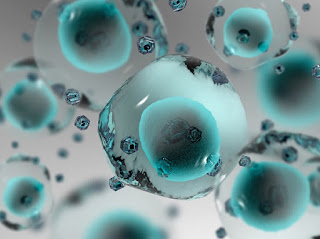Drug Delivery with Nanomedicine

Medication conveyance is the strategy or procedure of managing a pharmaceutical compound to accomplish a restorative impact in people or creatures. For the treatment of human maladies, nasal and aspiratory courses of medication conveyance are increasing expanding significance. These courses give promising contrasting options to parenteral medication conveyance especially for peptide and protein therapeutics. Nanoparticles made from biodegradable polymers demonstrate affirmation in satisfying the stringent prerequisites put on these conveyance frameworks, for example, capacity to be moved into an airborne, security against powers produced amid aerosolization, biocompatibility, focusing of particular locales or cell populaces in the lung, arrival of the medication in a foreordained way, and debasement inside a satisfactory timeframe. To limit medicate corruption and misfortune, to anticipate unsafe reactions and to build sedate bioavailability and the division of the medication ama...




